When Crisis Core: Final Fantasy 7 was released in 2007 for the PlayStation Portable, it made a pretty significant impact. The acclaimed PS One RPG had already seen some follow-ups, but Final Fantasy 7: Advent Children was a movie (that too one which required the Complete version to fully enjoy), and Dirge of Cerberus wasn’t good. By contrast, Crisis Core was a prequel, featured a revamped art style and combat system, and was pretty darn great. It sold a whopping 2.1 million units as of March 31st, 2009, and is still considered one of the best Final Fantasy games ever.
With Crisis Core: Final Fantasy 7 Reunion, Square Enix is remastering the original for a new generation of platforms. Releasing for PS4, PS5, Xbox One, Xbox Series X/S, PC, and Nintendo Switch on December 13th, here are 13 things you should know before picking it up.
Story and Setting
Taking place seven years before the original Final Fantasy 7, Crisis Core chronicles the journey of Zack Fair as part of Shinra’s SOLDIER program. After a mission against the Wutai, which Shinra is warring against, his mentor Angeal suddenly disappears. Zack is tasked with locating his missing friend along with Genesis, another SOLDIER who deserted the program under mysterious circumstances.
Other important events include Zack’s first meeting with Aerith, his encounters with Cloud Strife and Sephiroth, and the greater truth behind the SOLDIER program. Along with Midgar, locations like Wutai, Banora, and Nibelheim are included, providing a closer look at events portrayed in Final Fantasy 7’s flashbacks.
Overhauled Visuals
Crisis Core: Final Fantasy 7 Reunion is touted as a remaster, but one look at its visuals proves this to be far from the actual case. It’s developed on Unreal Engine 4, and all of the original assets have been replaced. In addition to high-definition graphics, all character models have also been redesigned, while the resolution and textures for CG cutscenes look better. Environments sport improved geometry while lighting, shadows, texture, and post-processing effects are on another level entirely, making this look more like a remake.
Combat Improvements
Crisis Core was a huge departure from the original Final Fantasy 7’s combat due to being real-time, and Reunion sticks to this while offering several improvements. Attack combos can now be linked together, making combat feel more fluid. Furthermore, Limit Breaks – which were only accessible through the Digital Mind Wave or DMW system – can now be accessed at any point in battle. Leveling up and buffs are still random, but you can now skip the DMW cutscenes during combat if they prove too disruptive.
Magic Shortcuts
The Quick Access Bar allowed for assigning Materia and Items to use in battle, which was good, but the total number of slots was very limited. Reunion separates the bars for Materia and Items, allowing you to access multiple types of each more freely. Based on the gameplay showcased thus far, players can assign up to four Materia and eight items in the Quick Access Bars for easy access in combat.
Improved Camera and Movement
While the camera was previously locked, not allowing any free movement, this has changed for the remaster. You can now freely rotate it, allowing a better view of the battlefield at all times. Furthermore, a new Dash function has been added, and it should be similar to Final Fantasy 7 Remake, allowing for quicker movement outside of battle.
Optimized UI
One of the most welcome overhauls is visible in the combat UI. The DMW meter is smaller and sleeker, while the different bars for HP, MP, and AP look sharper. Even the Quick Access Bar shortcuts for items and Materia look more compact. The result is a UI that scales better on bigger displays while still showcasing all of the critical information.
New Background Music Arrangements
The Final Fantasy 7 series has its share of memorable tunes, and Crisis Core is no different. The combat music alone was reason enough to endure so many encounters. Original composer Takeharu Ishimoto returns for Reunion with a newly arranged soundtrack, so hopefully, those classic tracks will sound even better. Whether fans will have the option to stick to the original OST remains to be seen.
Full Voice Acting
The original PlayStation Portable release featured a mix of voice-acted and text-only cutscenes. In Reunion, all cutscenes are fully voice-acted, further enhancing the immersion. Producer Yoshinori Kitase also confirmed that Briana White, the voice actor for Aerith in Final Fantasy 7 Remake, would reprise her role. This is to bring things in line with the new Remake trilogy.
New Voice Actors
Along with Aerith, several characters are voiced by their Final Fantasy 7 Remake actors. Instead of Rick Gomez, Caleb Pierce is the voice of Zack Fair, while Cody Christian brings Cloud Strife to life over Steve Burton. Other noteworthy changes include Tyler Hoechlin as Sephiroth, Kayli Mills as Cissnei, Vic Chao as Tseng and Shaun Conde as Genesis.
No New Story Elements
While meant as a means for Final Fantasy 7 Remake fans to learn more about Zack Fair’s backstory, Crisis Core: Final Fantasy 7 Reunion won’t have any new story elements. That’s because it’s still being positioned as a remaster and not a remake. As a result, it’s an expansion on the original Final Fantasy 7’s story, as opposed to being a new starting point for the franchise like Final Fantasy 7 Remake was. Kitase also confirmed that there were no plans to add other new elements like side quests or additional stories.
60 FPS on PS5 and Xbox Series X
It’s probably not surprising that Crisis Core: Final Fantasy 7 Reunion will run even better on PS5 and Xbox Series X/S. Producer Mariko Sato confirmed that it would run at 60 FPS on current-gen platforms. Details on the resolution have yet to be confirmed (though gameplay trailers indicate 4K support), and no information has been provided for the frame rate of the Xbox One and PS4 versions. The Nintendo Switch version’s resolution and frame rate also hasn’t been detailed, though Sato confirmed there would be “differences” from other platforms.
120 FPS on PC
On the plus side, Sato also confirmed that PC players could benefit from a 120 FPS frame rate. While 4K resolution support on PC hasn’t been confirmed, 60 FPS at 1080p resolution is possible based on the system requirements. Further details on graphical options and settings, along with requirements for 120 FPS, have yet to be revealed.
System Requirements
Another positive in favor of PC players is the system requirements. To run the game at 30 FPS and 1280×720 resolution, one will need an AMD A8-7600 or Intel Core i3-3210, 8 GB RAM and an AMD Radeon RX 460 or Nvidia GeForce GTX 750 Ti at the very minimum. The recommended requirements include a Ryzen 3 1200 or Core i5-6500, 8 GB RAM and either a Radeon RX 5500 XT or GeForce GTX 1060 with 3 GB VRAM for 1080p/60 FPS gameplay. Overall, not too heavy, and in both cases, you’ll need only 30 GB of installation space.
Crisis Core: Final Fantasy 7 Reunion – 13 Details You Need To Know
Source: News Beginning

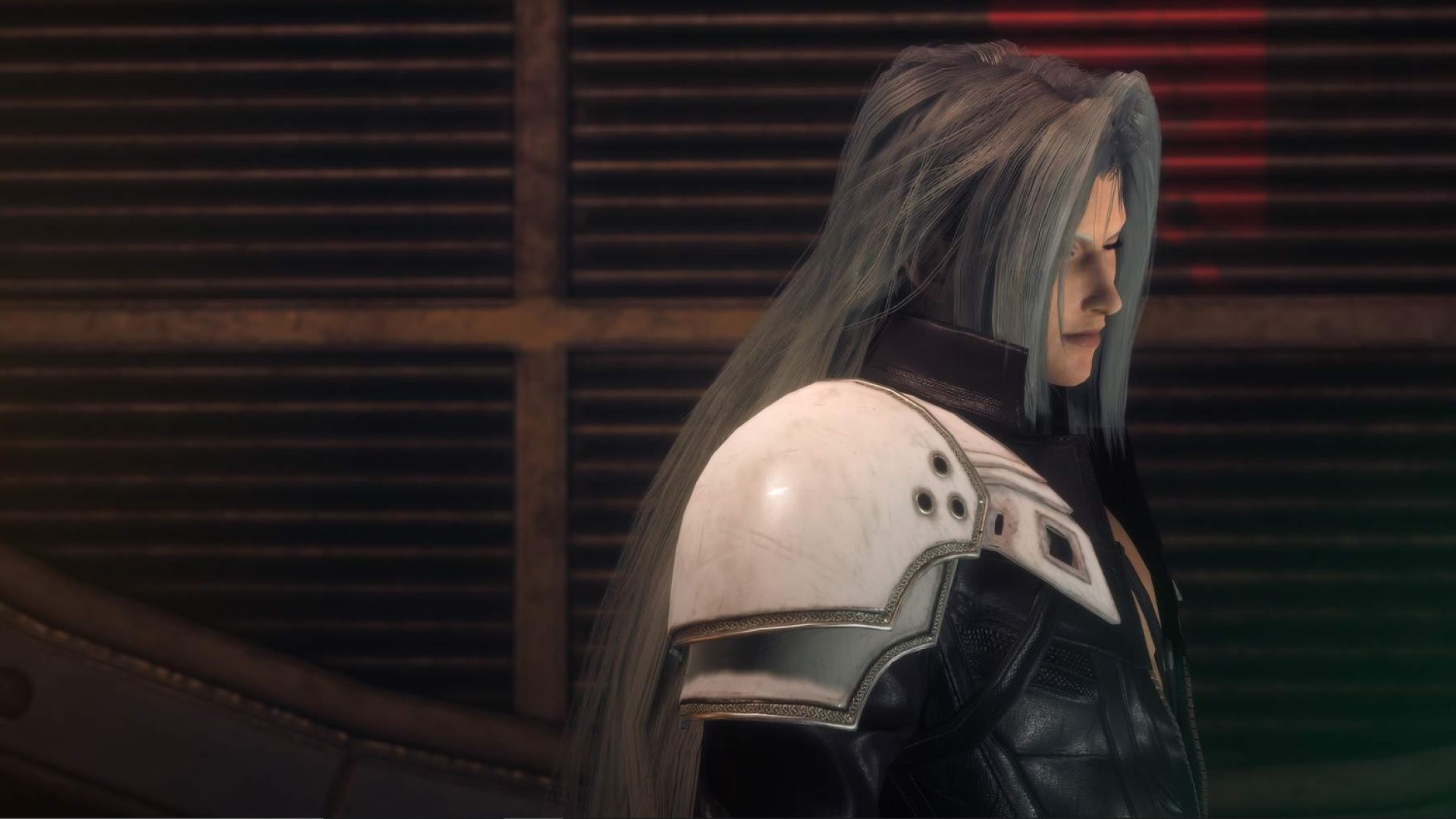
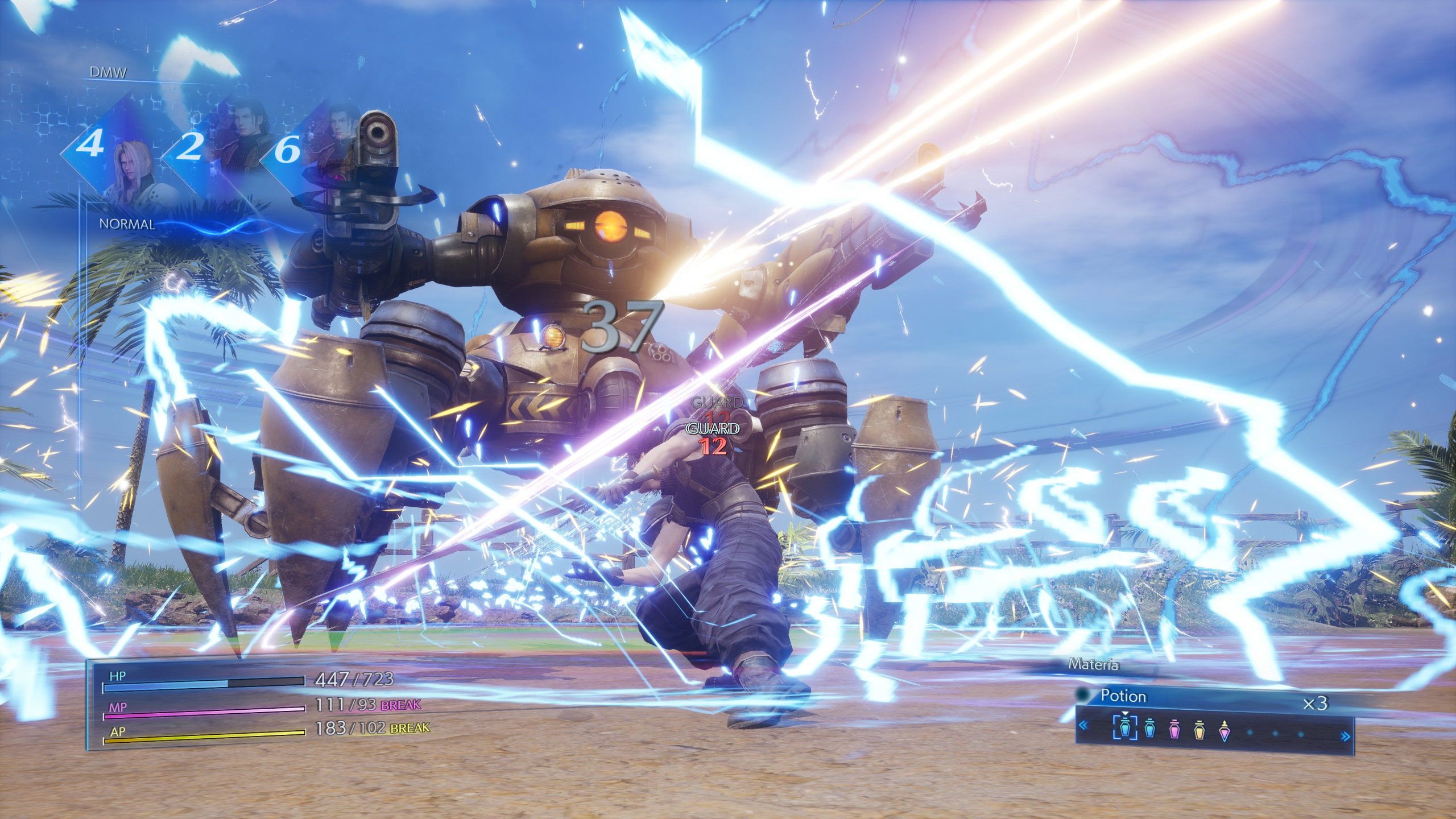
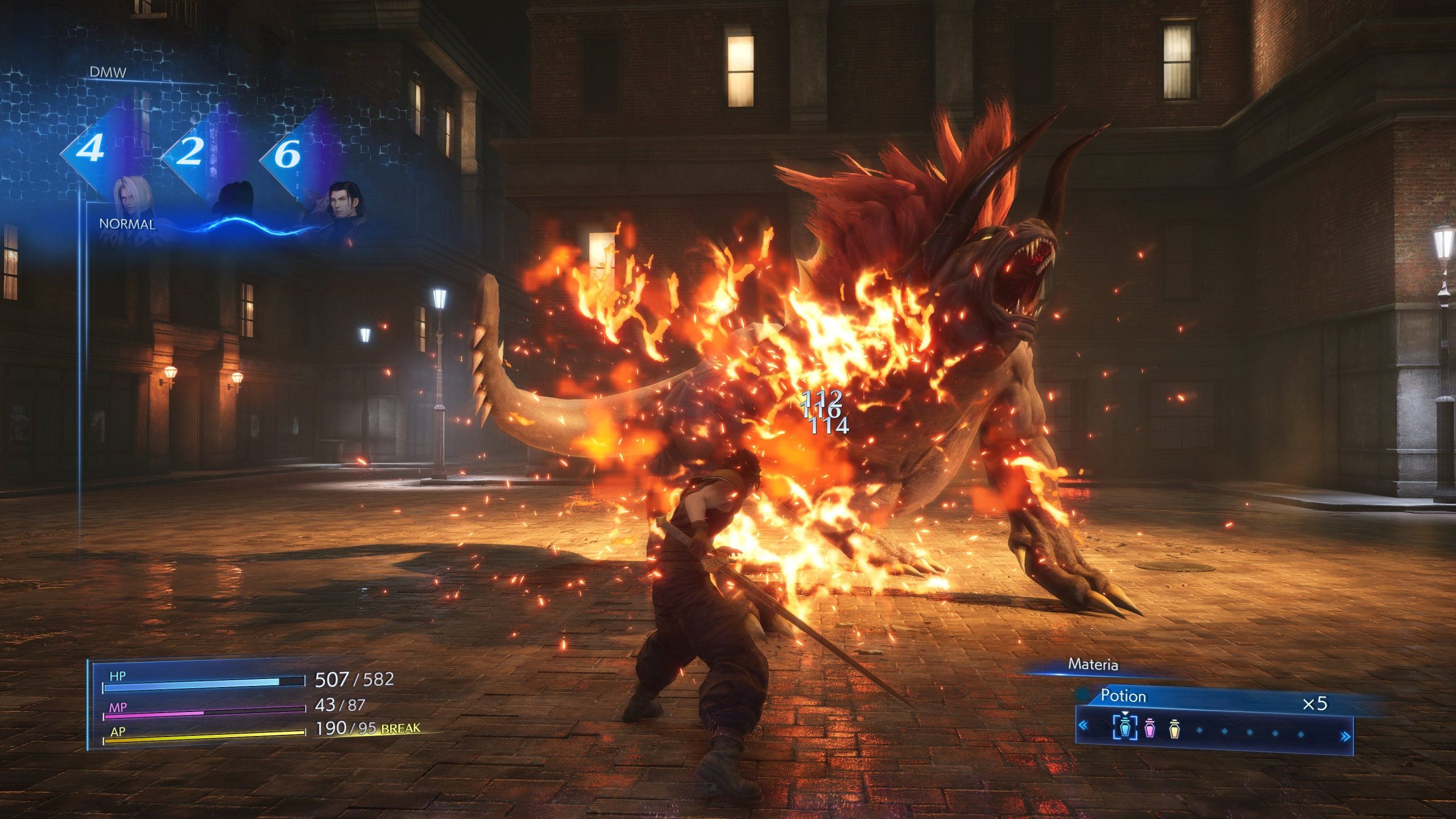
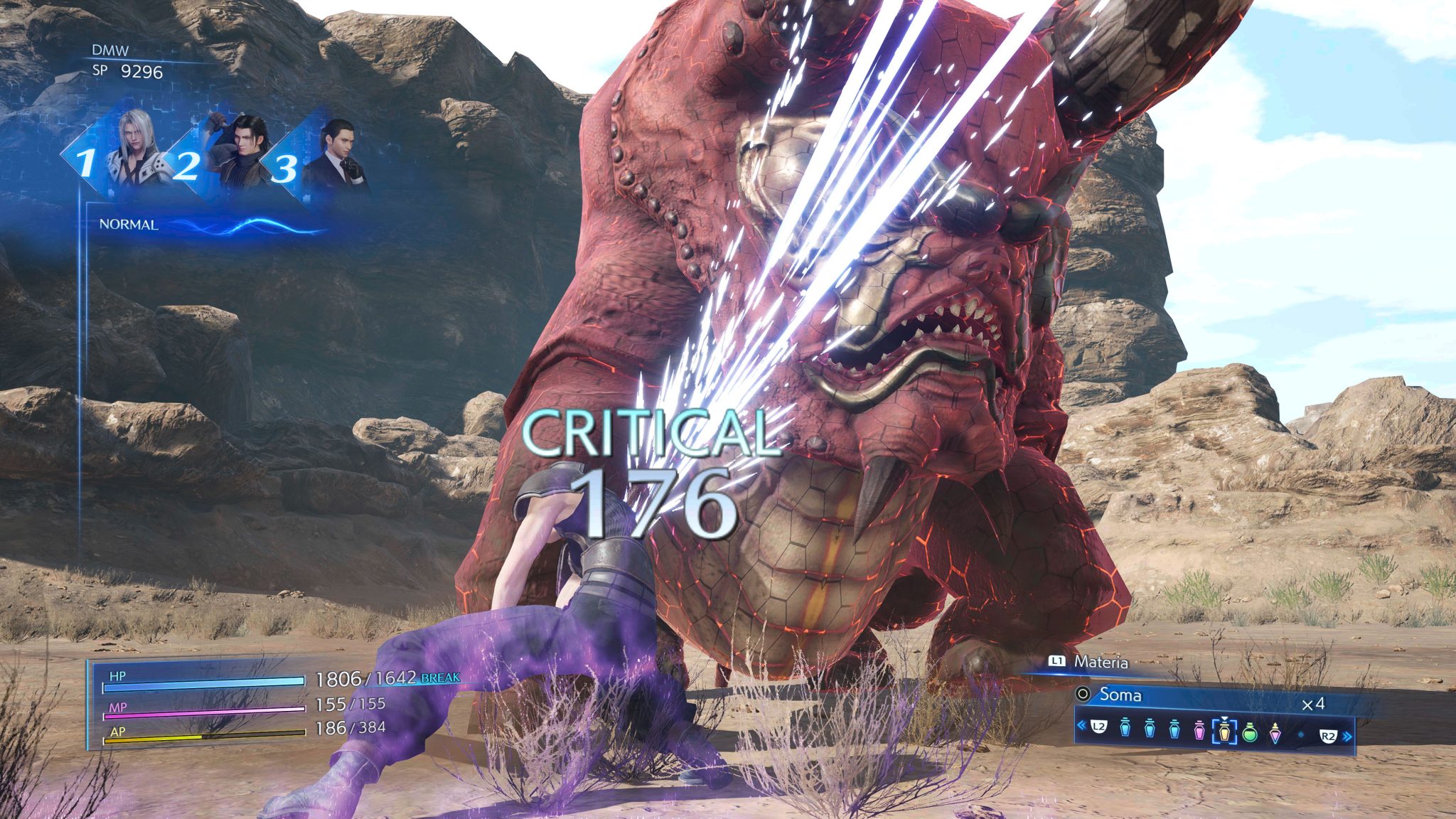
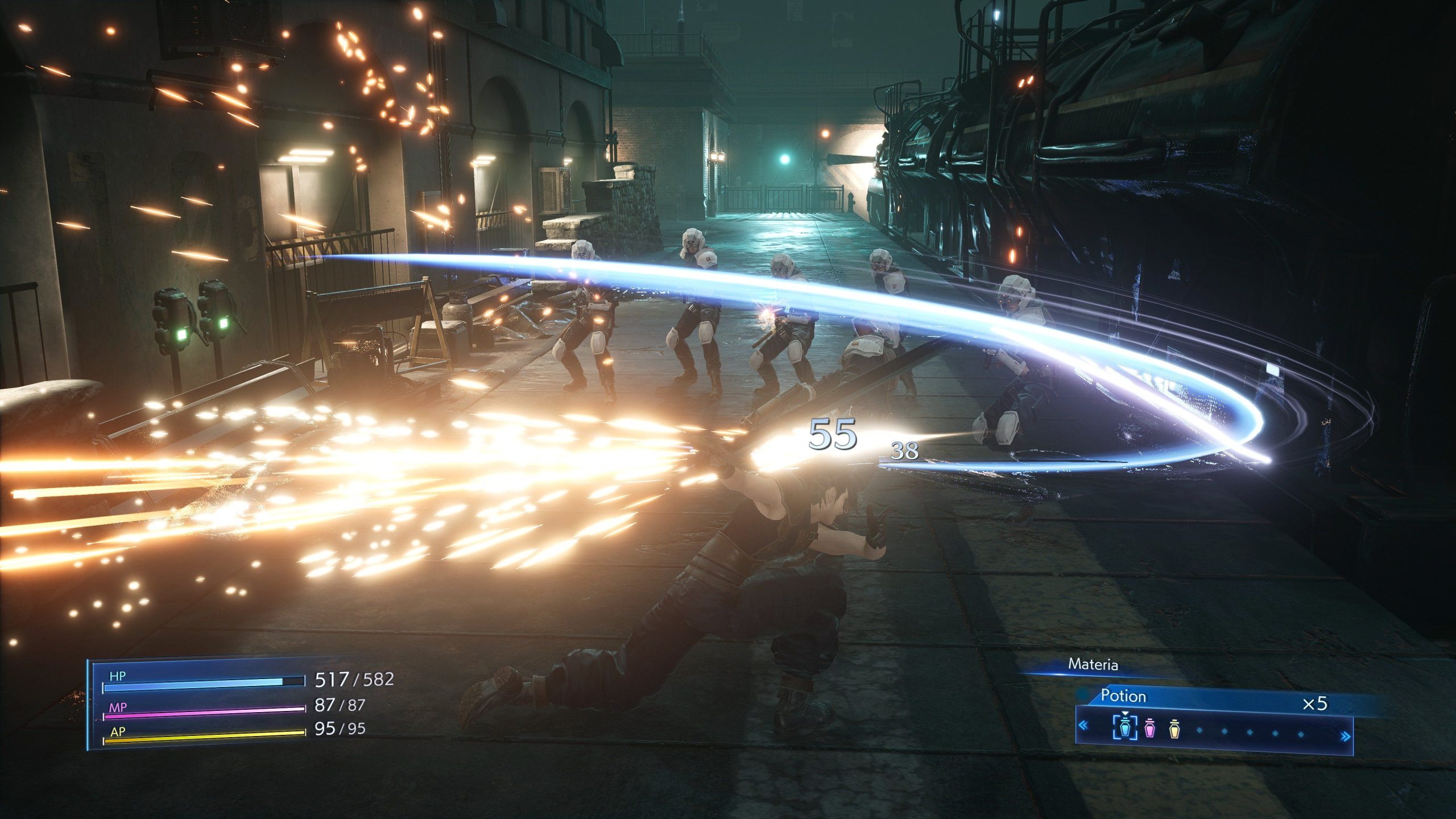
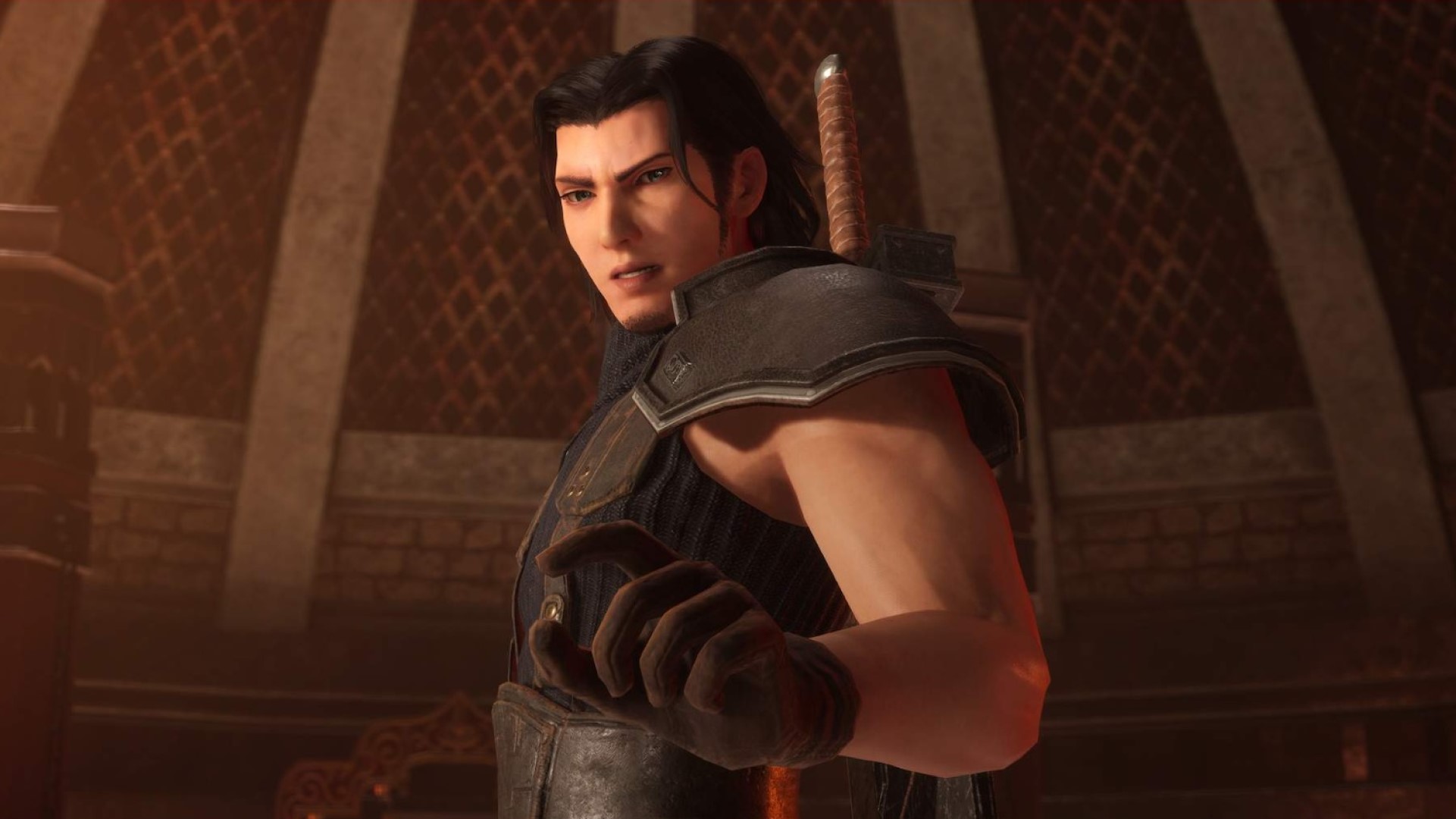
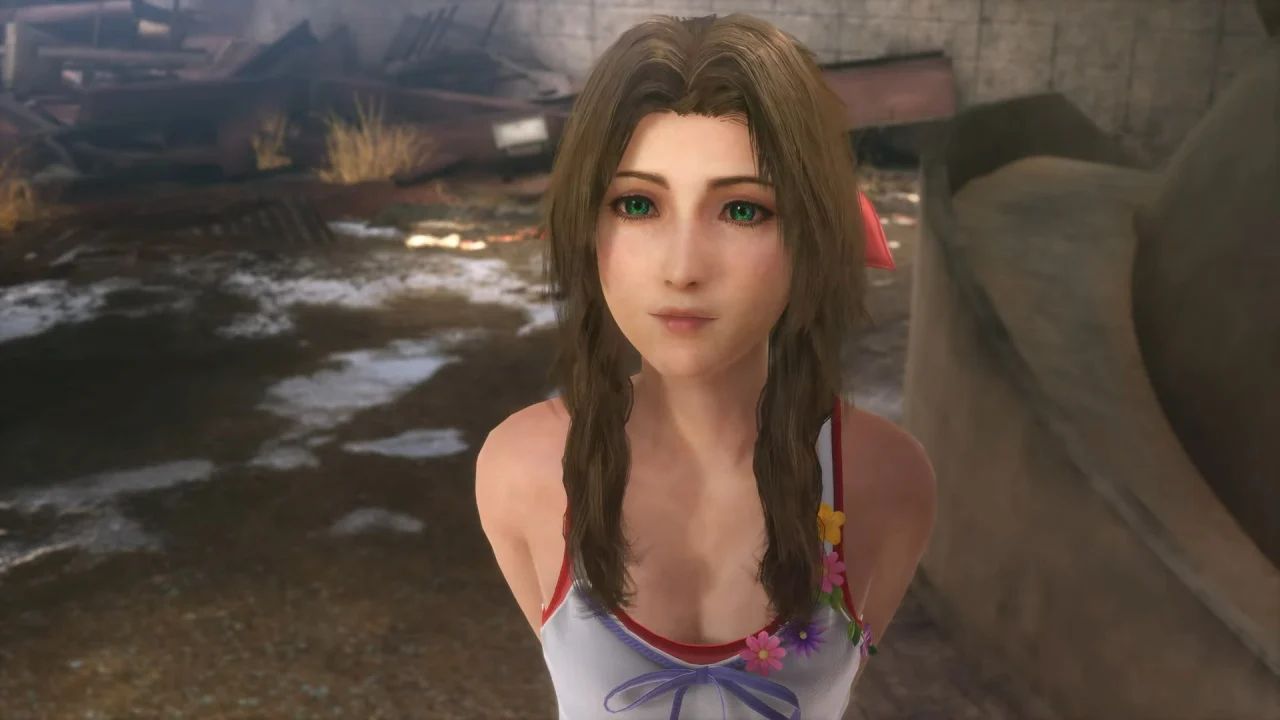
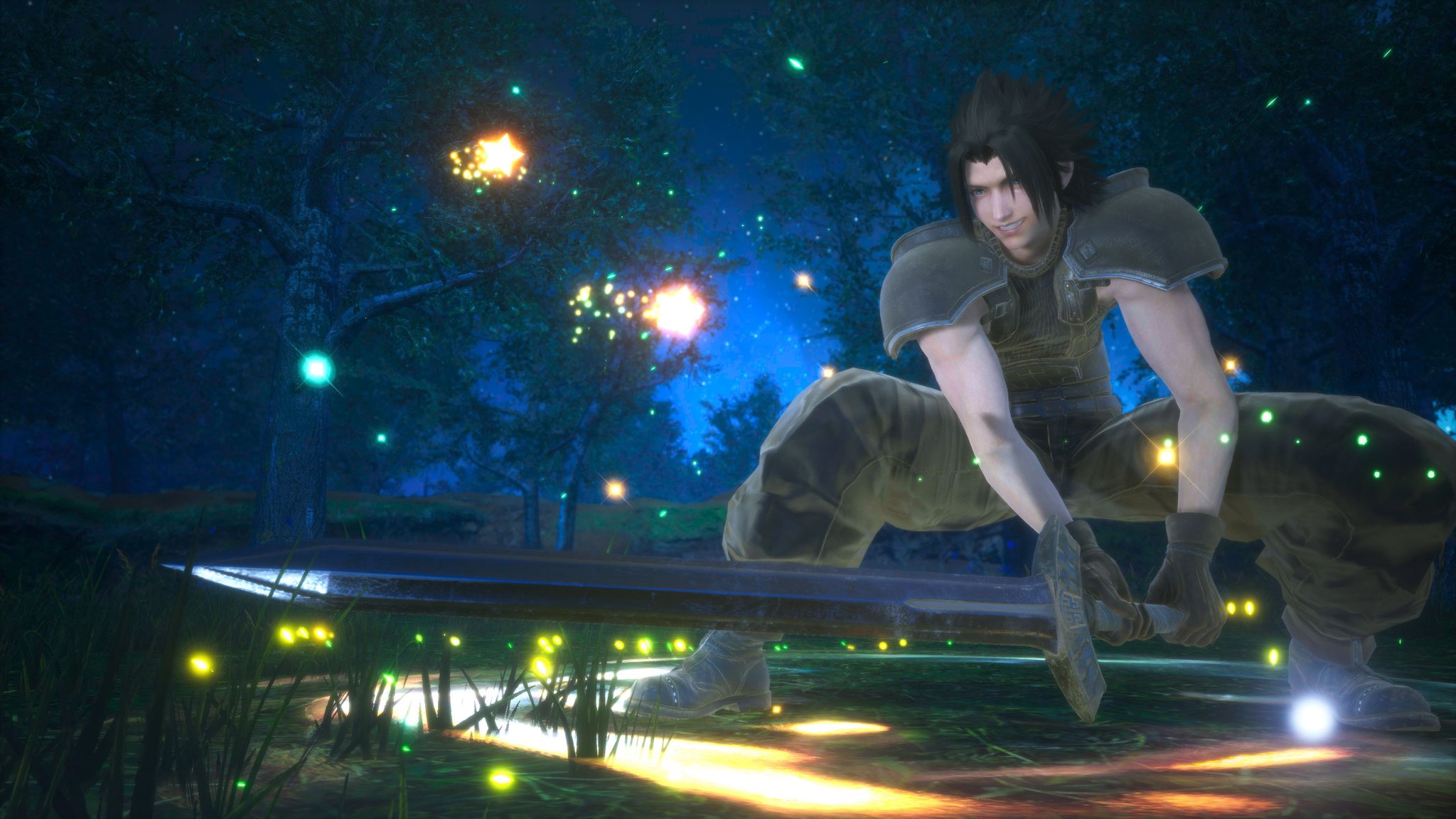
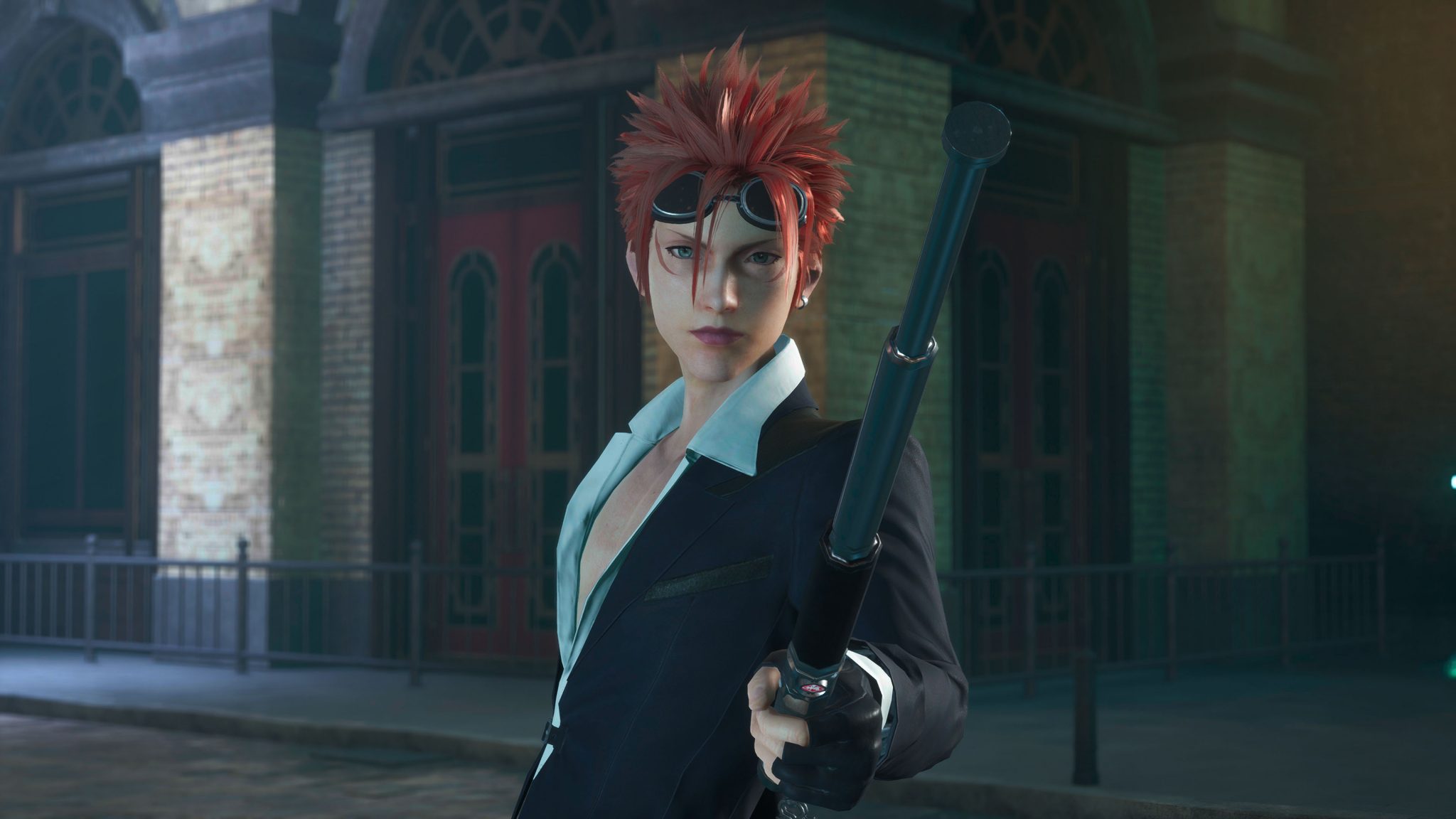
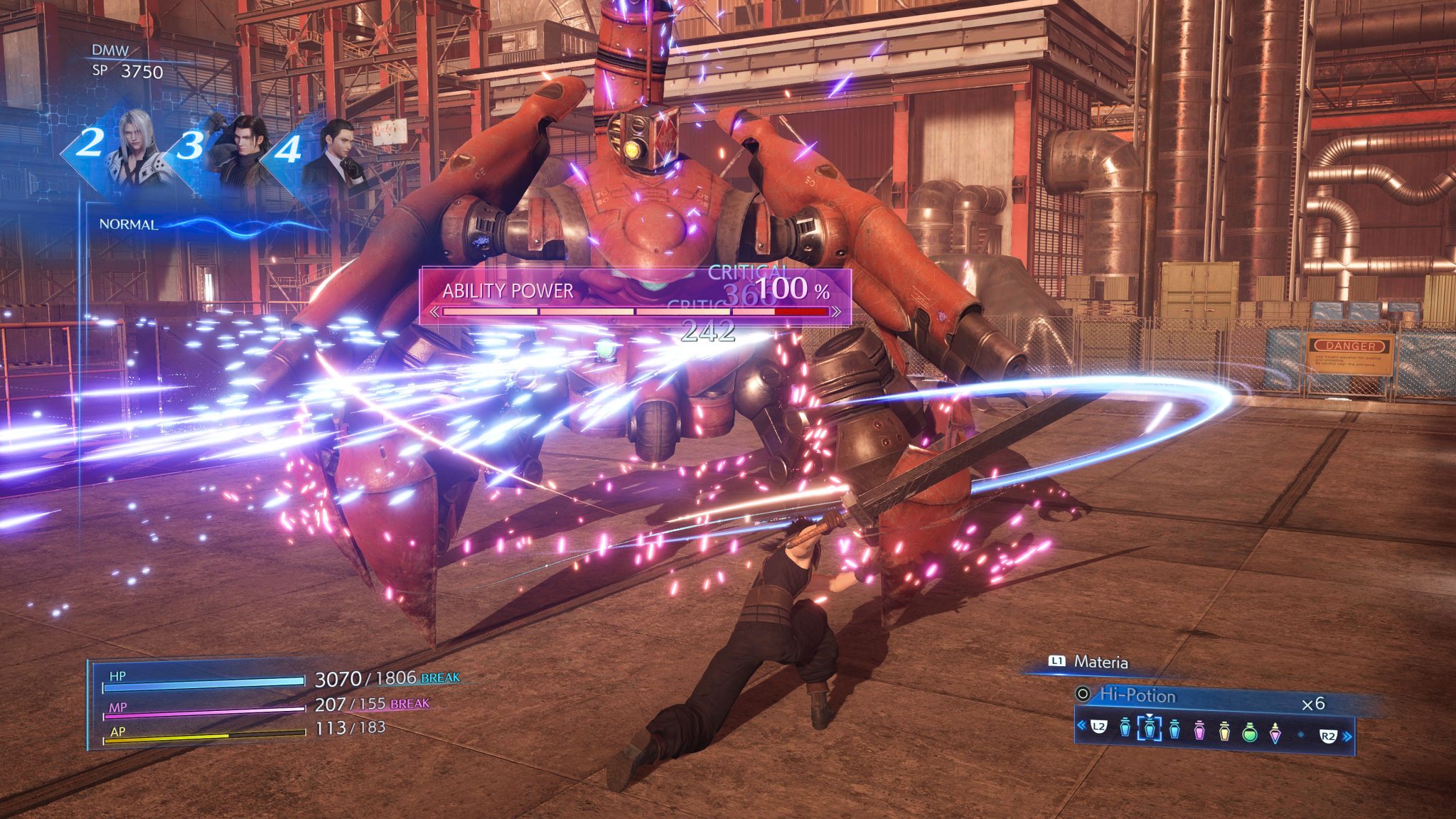
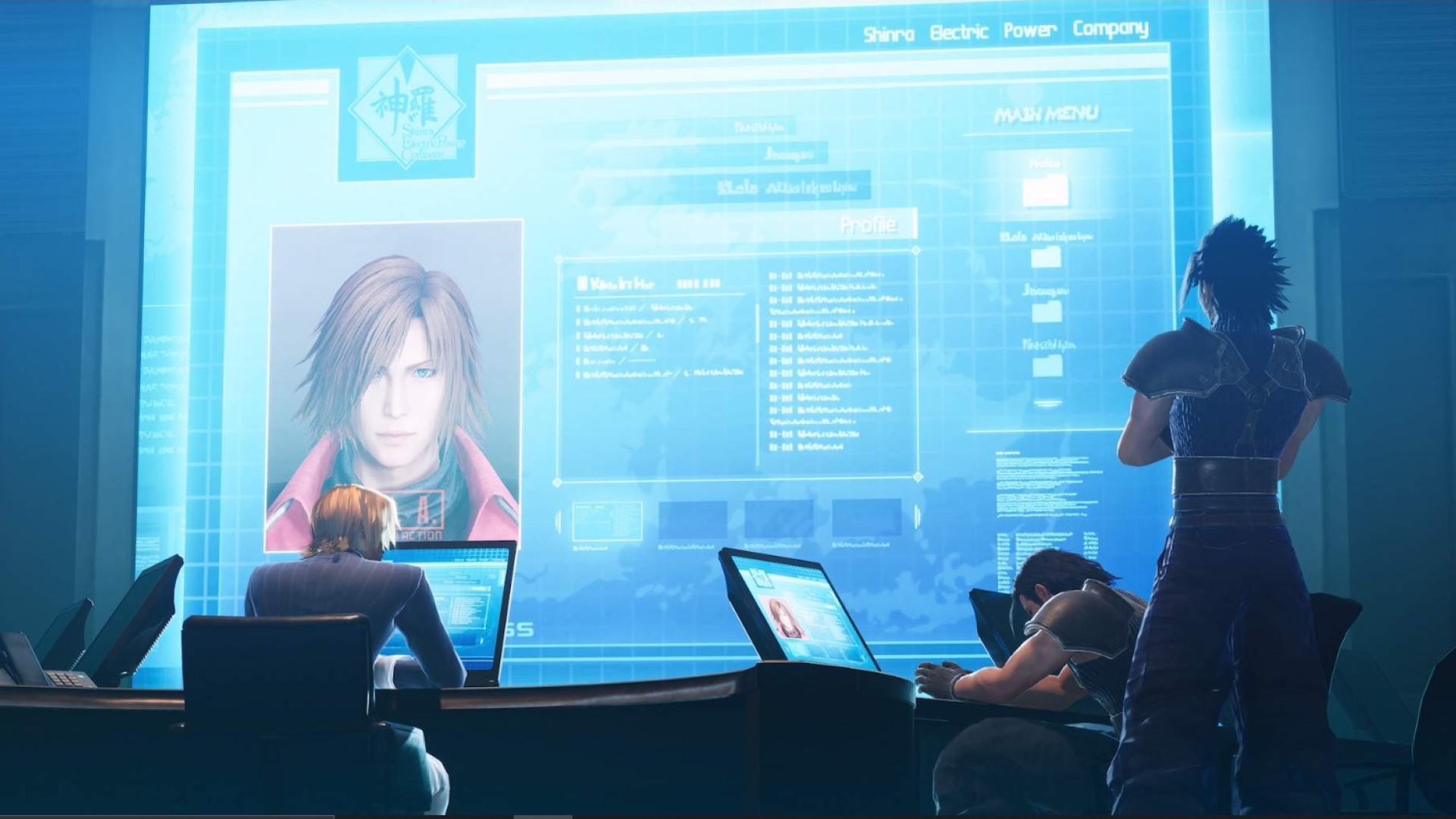
0 Comments